
Many will not believe one would share the correct way to study the openings, because they believe in chess secrets. Instead here there is a method, based on a good amount of studying hours, which will help everyone to learn any opening and form an opening repertoire.
It’s possible that in few months, thanks to mass vaccination, the COVID emergency will be over, and OTB tournaments will return to be part of the life of a chess player.

I need a new opening repertoire against 1.e4, because the defense I was using wasn’t scoring well even against weaker players, and the strongest one were definitely butchering me. I’d like to share my method, use as example some of the lines I’m studying, and the sources I use through a series of articles, which I hope can help other fellow chess players who are also on this journey to chess mastery. Yes, we can fight very hard over the board, but we are all together when it comes to chess improvement!
When I need ideas for my repertoire I generally look into Chessbase, because its integrated system of huge 8 million games database, and their DVDs made by the top GMs are all I need for learning new openings. For example, I remember a couple of years ago, I reviewed a Chessbase DVD by IM Collins, which gave a repertoire with 1…e5.
Here the review I wrote for those who are interested in this product:

I began to implement a possible 1…e5 repertoire against 1.e4 for a couple of reasons. Open games have more decisive results, and every world champion or master level player who wants to call himself a well rounded player, needs to learn the structures which arise from 1. e4 e5.
This is the first line I learned:
1.e4 e5 2.Nf3 Nc6 3.Bc4
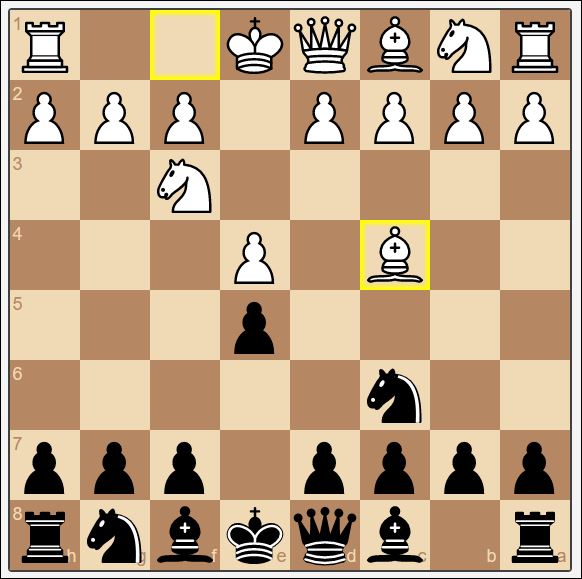
thanks to a local strong FM level player: Deepak Aaron, many young chess player learn the Italian opening well, and use it as a weapon throughout their chess careers which often end around 2200 when reaching the National Master title. The reason is that they are just interested to add such prestigious title to their scholastic and eventually working curriculum.
3…Bc5 4.c3 Nf6 5.d4 exd4 6.cxd4 Bb4
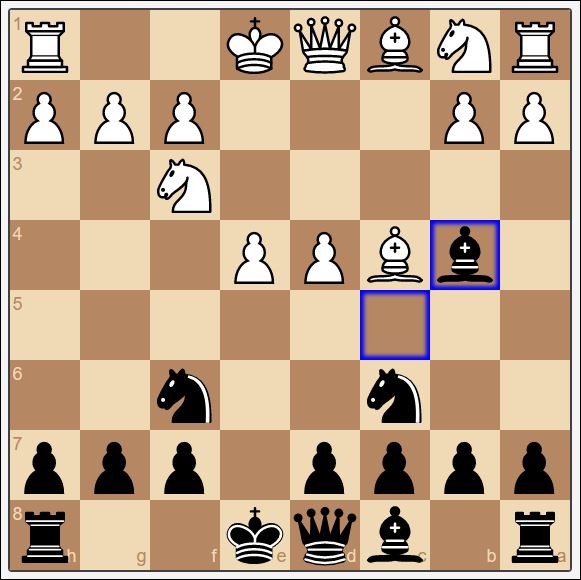
7.Bd2 Nxe4! The roller coaster ride begins! This move shows Black’s willingness to win the game. 8.Bxb4 Nb4 9. Bxf7 Kxf7
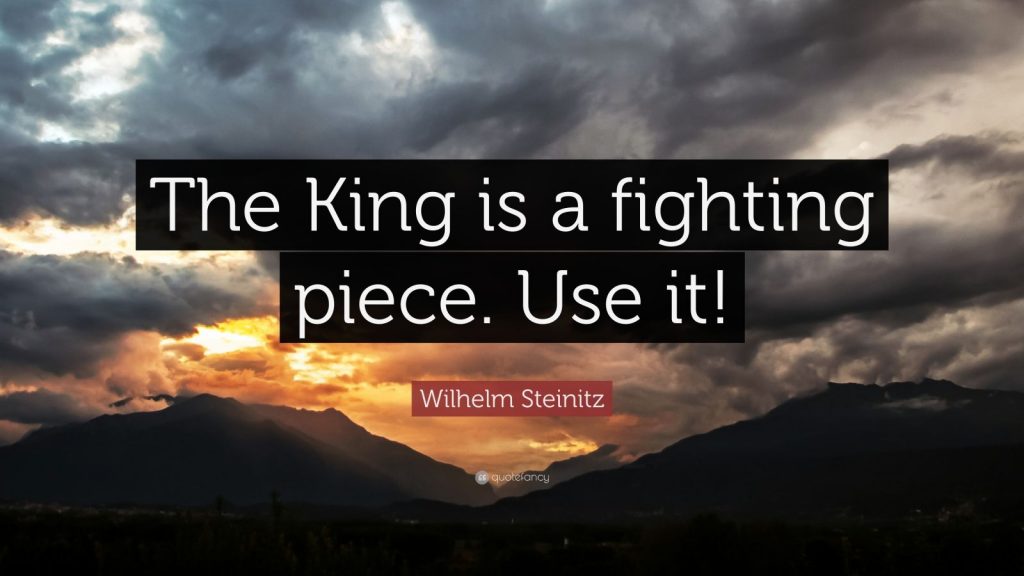
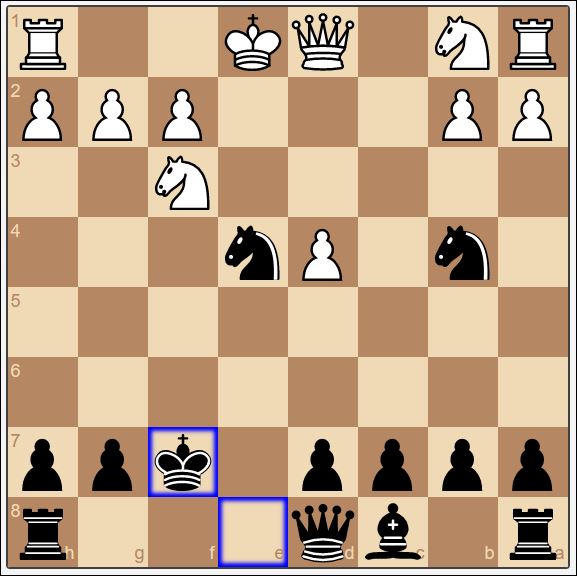
10.Qb3 checking the Black king on F7 and picking up the Nb4.
10…Kf8 11.Qxb4 Qe7 12.Qxe7 Kxe7 One can see the concept of imbalance into action. Black is not afraid to have his king in the center, exposed, asking the question to White, if he will have the courage to attack…
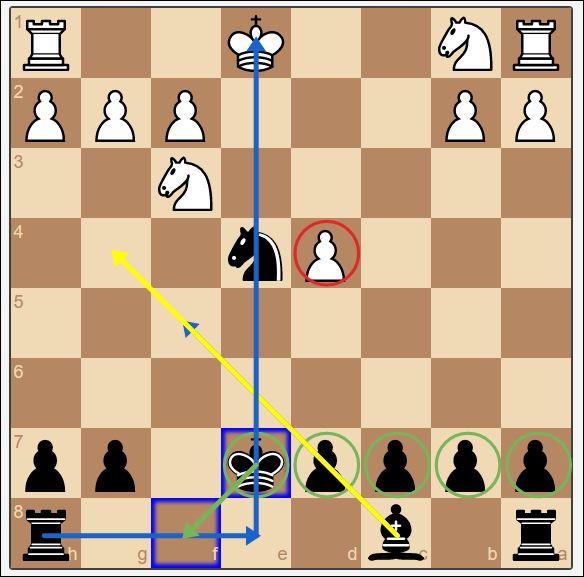
Now it’s time to check if there are some games we can learn from… so I open my Chessbase and Megabase 2021, open a board and repeat the moves I’ve given here, and see if there are any games with this line.
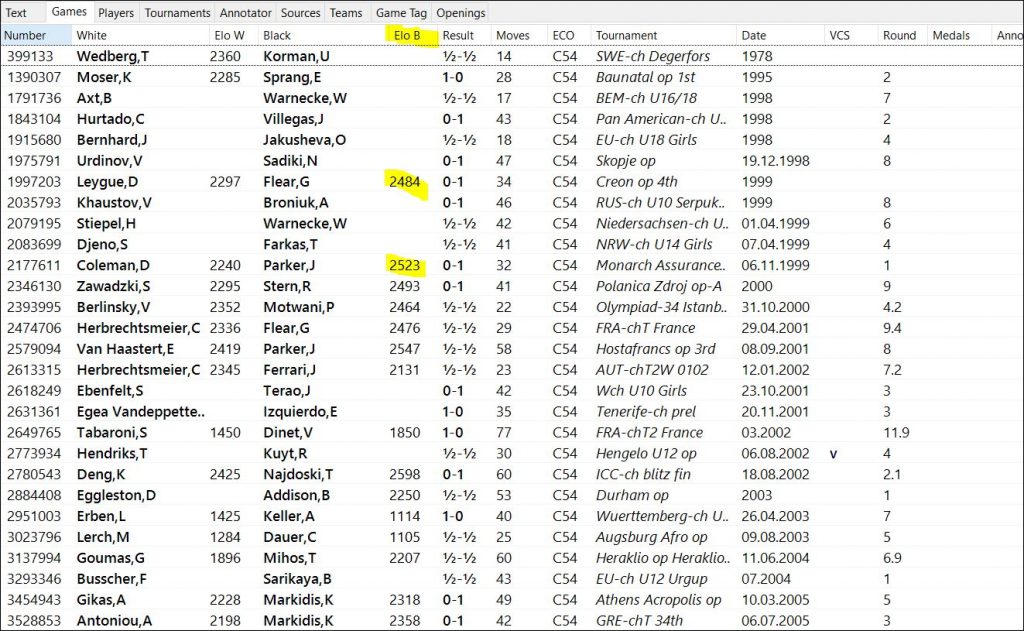
Then I click on “elo B” because I want to see the games of the strongest players, and I divide them in two. I make a sample of 10 games where Black won, and a sample of 10 games when Black lost. In this way I become aware of all the plans, counter-plans and possible problems I could have in this opening.
While all the following games are won by Black, we can see the difference in attacking approaches by White, and only after a dozen games one has seen some of the main ideas. Please pay special attention to the game Kosteniuk vs Kramnik. We have some “know it all” who tell us: don’t study blitz games… what absurd and poor idea. Kramnik creates a masterpiece with less than 5 minutes! The idea of developing the queen side rook on the A file, while pushing all queen side pawns is absolute genius, and I cannot believe he found such idea with few seconds per move.
While watching the games quickly, I also became aware of the type of endgames the players frequently entered. If I’m not able to play those endgames, I should try them against an engine. IM Sukandar is famous because she beat the Indonesian chess cheater Kipas Dewa, one can read more on what happened in this article:

And of course one must be aware of the type of drawish positions which arise in this particular line, to avoid to risk too much, and lose a point.
Is this all you need to do in order to learn an opening? NO! Now it comes the hard part, the real work. The part which divides real chess players from amateurs. One of the most daunting tasks for a chess player is to gain experience on an opening, without losing rating points in real life. In order to achieve such goal, I have found an interesting way, based on how Nakamura learned to play.

Thanks to an interview with his step-father I discovered he was playing against a computer and writing down all the moves, and then when he lost a game, he would play the same line, this time with the moves the computer found, and see how the engine would have played on his side. I thought this is the moment to implement the same learning strategy.
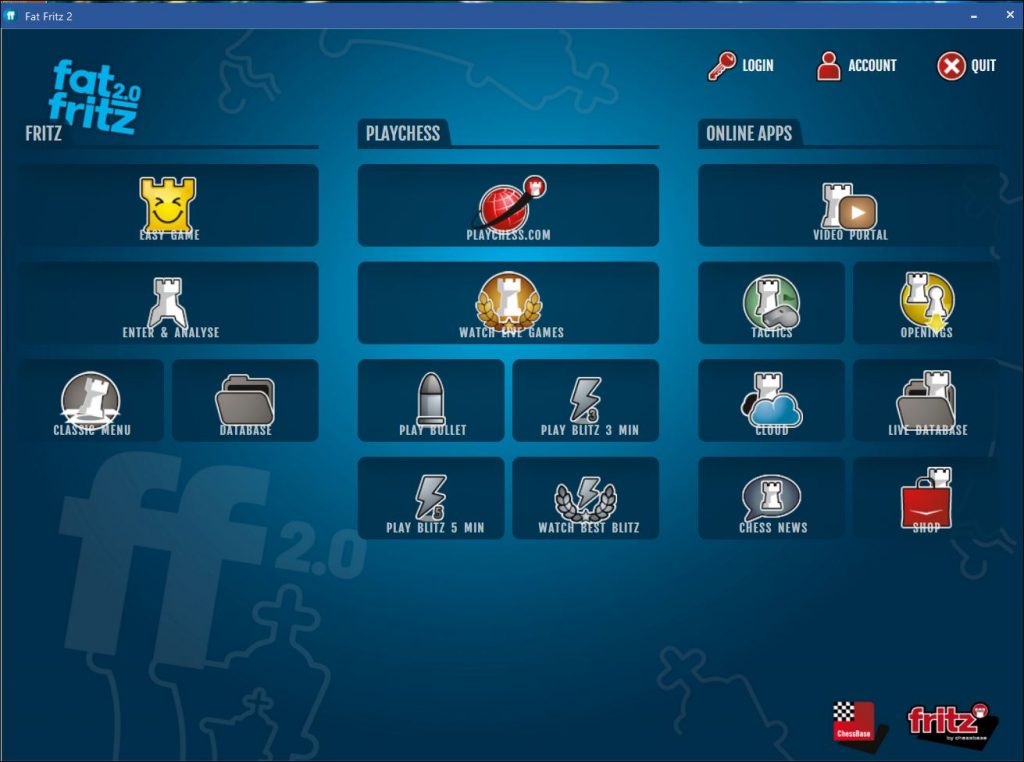
I acquired the latest engine: Fat Fritz 2, inserted the moves we studied, and began to play from that point. It was really thrilling to explore opening moves and ideas with Fat Fritz2. I saw the development of Kramnik’s ideas, and other players thanks to powerful engines like Fat Fritz.
One last point before ending the article. It’s important to know also the other side of the story, in this case White’s side! Kasparov few years ago began to adopt the Italian game and use it quite successfully in his simuls. GM Tiviakov, a great theoretician, created some DVDs for Chessbase for White. If one is really serious about chess, and wants to reach master level, it’s important to study the opening also from White side, because it will cement in our memory the possible ideas and moves which will be used against us as Black. In this review I wrote a couple of years ago, it’s possible to get a taste of what opening preparation is like. Notice we can have a coach like TIviakov for a third of what we would pay an hour of teachings by a GM. While Tiviakov will teach us for 4-5 hours, definitely worth it!
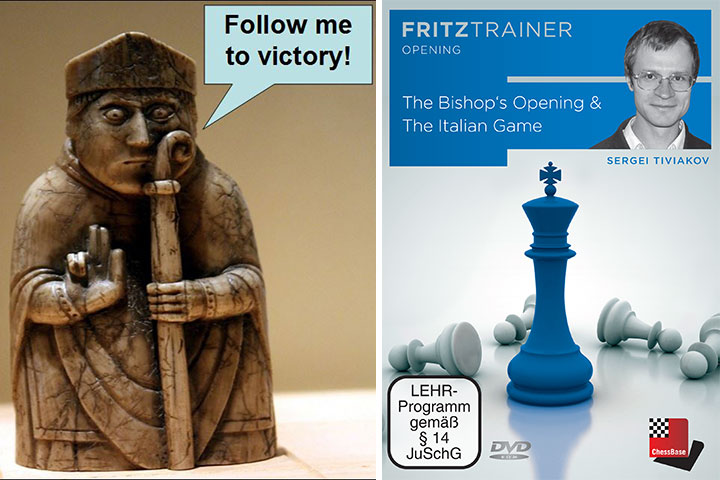
Final Thoughts: The line we studied had only a couple of games White won, all the other were draws or won by Black. This is definitely the sign of an opening variation we want to know and play! Especially on a weekend tournament, when on the last round we need a win or a draw at all costs! And then I showed all the training needed in order to gain experience in that opening line, and play it with confidence at the board in a tournament game. Now, one last ingredient is the strength of the student. At my level I’m able to select the games, and find the main ideas behind them, yet working with some local GMs, I discovered they really went deeper than me in the study of some openings. Hence the need to improve also the other phases of the game, and keep our chess minds sharp with tournament games.


sushil
JarrodLothe